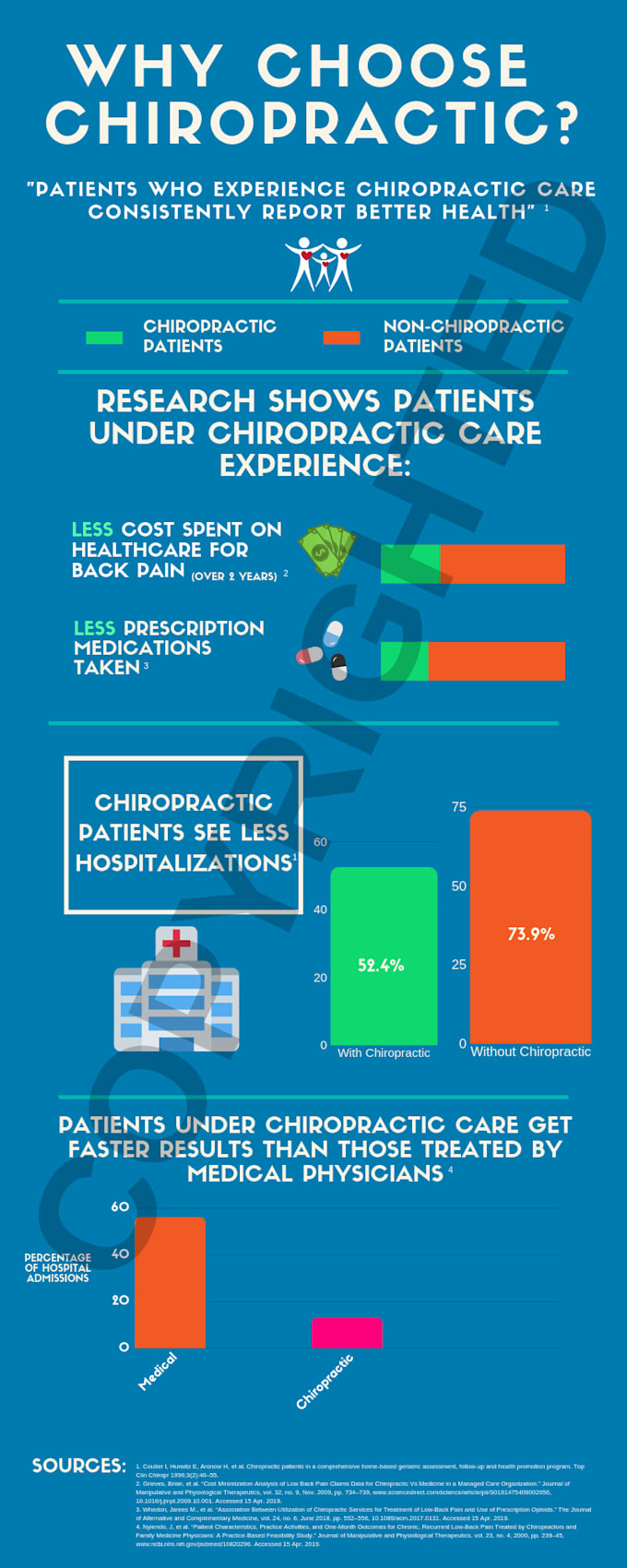As you check out the world of cold laser therapy, you'll discover a realm of possibilities for pain relief that is both intriguing and efficient. The innovative approach of making use of light to attend to numerous conditions could simply be the key to opening a new level of convenience and healing for you. So, why not discover just how this non-invasive treatment is improving the landscape of pain administration and offering want to those looking for natural solutions for their discomfort?
Understanding Cold Laser Treatment
To understand cold laser treatment, you have to understand the fundamental principles behind this non-invasive therapy method. Cold laser treatment, likewise referred to as low-level laser therapy (LLLT), utilizes particular wavelengths of light to interact with tissue. The light energy penetrates the skin and is absorbed by cells, setting off a series of biological reactions. These reactions help promote recovery, reduce inflammation, and minimize discomfort.
The vital to understanding cold laser treatment depends on its capacity to stimulate cellular feature. When https://www.medicalnewstoday.com/articles/laser-lipo-vs-coolsculpting is soaked up by cells, it boosts their metabolic rate and increases the production of ATP, the power resource for cells. This boost in mobile activity can cause boosted flow, cells repair, and pain alleviation.
Advantages of Cold Laser Therapy
Using details wavelengths of light, cold laser therapy offers a variety of benefits for discomfort relief and recovery. Among the crucial advantages of cold laser therapy is its non-invasive nature. Unlike procedures, cold laser therapy doesn't call for incisions, making it a much safer and much more comfy option for lots of individuals.
Additionally, cold laser treatment is recognized for its capability to decrease swelling. By targeting irritated areas with concentrated light energy, the therapy assists to reduce swelling and advertise much faster recovery.
Moreover, cold laser treatment is a preferred option due to its minimal side effects. Unlike some drugs that can trigger damaging reactions, cold laser treatment is mild on the body and normally well-tolerated. This makes it an ideal alternative for individuals searching for a natural and low-risk discomfort alleviation solution.
An additional considerable benefit is the quick recovery time associated with cold laser treatment. Since the treatment promotes the body's natural healing procedures, clients commonly experience quick renovations in their condition without the demand for extended downtime.
Problems Dealt With With Cold Laser
Cold laser therapy effectively treats a selection of problems ranging from bone and joint injuries to persistent discomfort. For musculoskeletal injuries like strains, strains, and tendonitis, cold laser therapy can help reduce swelling, ease discomfort, and promote tissue repair work. It's additionally helpful for dealing with arthritis by decreasing joint discomfort and stiffness.
In smoke restoration mount kisco , cold laser treatment can help in accelerating the healing procedure for wounds and injuries by improving circulation and promoting cell regrowth.
Persistent discomfort conditions such as fibromyalgia, neuropathy, and reduced neck and back pain can also be effectively managed with cold laser therapy. The treatment functions by targeting the resource of pain and setting off a biochemical waterfall that decreases pain sensitivity and swelling.
Additionally, problems like carpal tunnel syndrome, TMJ problems, and plantar fasciitis can benefit from the pain-relieving and anti-inflammatory effects of cold laser therapy.
Conclusion
Finally, cold laser therapy is a safe, reliable, and non-invasive therapy choice for discomfort relief.
With its capacity to promote recovery, lower swelling, and relieve pain, this ingenious treatment supplies an all-natural and low-risk option to surgeries.
Whether you're managing persistent pain, sports injuries, or arthritis, cold laser treatment can provide relief and boost your quality of life without the demand for invasive treatments.
